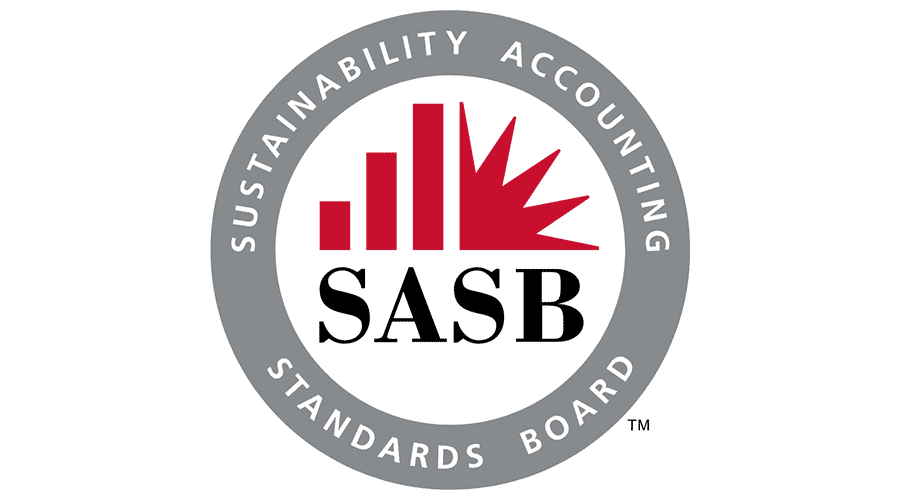By now, sustainability reporting is a common phenomenon, with the many investor, commercial real estate, and mainstream focused reporting frameworks out there. For those involved in managing organizations, facilities, and/or portfolios, this may seem daunting – so many frameworks, so little time! However, setting goals and following a reporting framework(s) can reap major benefits for your organization that more than make up for the extra effort. Such benefits include increased customer and shareholder support, improved public image, employee pride and loyalty, lowered energy costs, and – drumroll, please! – bettering the future of the planet and society. In this article, we’ll be diving into one of the investor focused sustainability reporting frameworks: The Sustainability Accounting Standards Board (SASB). We’ll explore what it is, why investors like it, the basics of the framework, how to get started reporting, and more.
What is SASB?
The non-profit SASB was founded in 2011 with a mission of “helping businesses around the world identify, manage and report on the sustainability topics that matter most to their investors.” In other words, SASB is bridging the gap between sustainability reporting and financial reporting. To accomplish this, SASB has developed 77 sets of industry-specific standards that focus on what they have determined to be the most financially material topics for each industry. According to SASB, these are “issues that are reasonably likely to impact the financial condition or operating performance of a company and therefore are most important to investors.”
SASB’s Resources and How to Get Started
Each of the 77 SASB standards is downloadable for free on SASB’s website. There is not a portal or a questionnaire; companies are encouraged to use the standards in their own financial reporting.
In addition, there is “The SASB Materiality Map ®,” an interactive tool that identifies and compares disclosure topics across different industries and sectors. In simpler terms, the map highlights the most relevant issues for any given industry and sector, helping your company identify which issues it should be exploring and reporting on, and helping investors identify where they should focus on when analyzing a given company or industry. The map includes 26 sustainability issues organized under five sustainability dimensions: Social Capital, Human Capital, Business Model & Innovation, Leadership & Governance, and Environment. The list was refined by focusing on issues that are most likely to have a financial impact on a company.
Why Do Investors Like SASB?
It meets their needs. Investors want comparable, consistent, and reliable data on financially material sustainability factors. As we saw above, this is pretty much exactly what SASB provides.
More Benefits
SASB’s standards are industry specific, which reduces reporting costs and minimizes noise by surfacing the most relevant information. In addition, the standards can be used with other frameworks and standard, including those provided by the TCFD and IIRC. Many companies use both SASB and GRI Standards to meet the requirements of various audiences.
Got Questions?
We just threw a whole lot of information at you, so if you have any questions or comments, please reach out to us on LinkedIn, Facebook, Instagram, or Twitter. Or, to learn more about SASB and other reporting frameworks more in depth, download our e-book, “Utilizing Sustainability Reporting in the Journey Towards Net Zero.”
 Top Sustainability Trends to Watch in 2025
Top Sustainability Trends to Watch in 2025

 Log In
Log In








